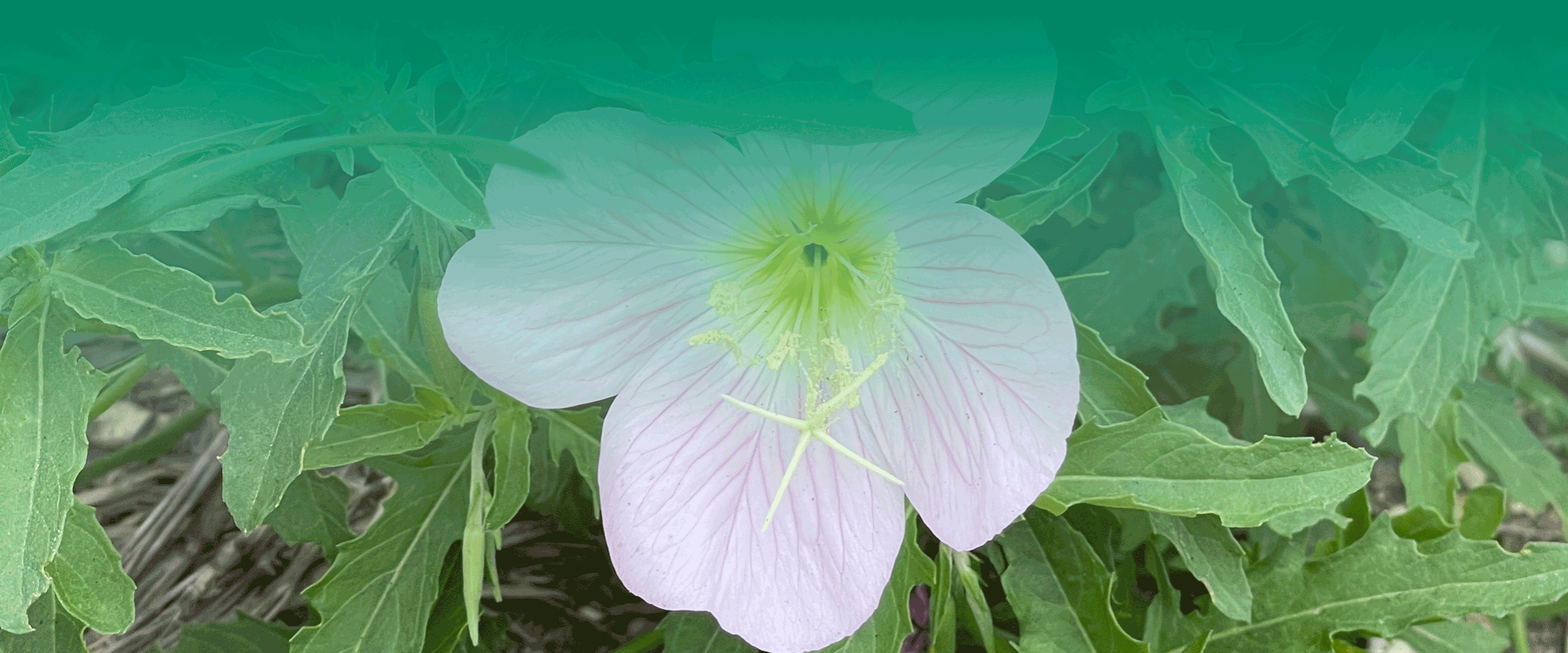Yes, indoor plants can clean air. They do so by removing harmful pollutants and producing clean oxygen through the process of photosynthesis. During photosynthesis, plants absorb carbon dioxide (CO2) and other pollutants from the air and use the energy from light to convert them into food. This process releases clean oxygen back into the air, which can improve air quality and reduce levels of harmful pollutants.

Additionally, some indoor plants are known to remove specific pollutants from the air, such as formaldehyde, benzene, and trichloroethylene, making them effective in purifying the air in homes and offices. The plants also release moisture into the air through a process called transpiration, which can help to increase humidity levels and reduce the levels of dry indoor air, which can cause respiratory problems.
Studies conducted to investigate the air cleaning properties of indoor plants show the mechanism by which plants clean indoor plants.

A study published in the journal Environmental Science & Technology found that several indoor plant species, including the Peace Lily and Spider Plant, were effective in removing harmful volatile organic compounds (VOCs) from the air, such as benzene and formaldehyde (Wolkoff & Nielsen, 2005). Another study by Wolverton et al. (1989) found that indoor plants, including the Bamboo Palm and Gerbera Daisy, were effective in improving indoor air quality by removing pollutants and producing clean oxygen.
Indoor plants can also Increase air moisture levels of an indoor space. A study published in the Journal Building and Environment found that indoor plants, through the process of transpiration, can increase humidity levels in the air, which can reduce the levels of dry indoor air and improve air quality (Wargocki et al., 2000).
Are you concerned about the level of formaldehyde in your house? It turns out that indoor plants are beneficial for the removal of formaldehyde. A study published in the journal Environmental Science and Pollution Research found that the Snake Plant was effective in removing formaldehyde from the air, a common indoor pollutant that can cause irritation to the eyes, nose, and throat (Wang, et.al., 2017).
These studies suggest that indoor plants can play an important role in improving indoor air quality by removing pollutants and producing clean oxygen. However, it’s important to remember that they should be used in combination with other measures, such as proper ventilation, to maintain clean and healthy indoor air.

References
Wang, X., Chen, C., & Li, X. (2017). Air purifying performance of indoor plants for removing formaldehyde. Environmental Science and Pollution Research, 24(17), 14454-14462.
Wargocki, P., Wyon, D. P., Baik, Y. K., Sundell, J., & Andersson, G. (2000). The effect of indoor plants on volatile organic compound (VOC) levels in an office environment. Indoor air, 10(4), 222-232.
Wolkoff, P., & Nielsen, O. J. (2005). Indoor air cleaning by plants. Environmental science & technology, 39(9), 2786-2792.
Wolverton, B. C., Johnson, A., & Bounds, K. D. (1989). Interior landscape plants for indoor air pollution abatement. Clean air journal, 3(3), 11-18.


